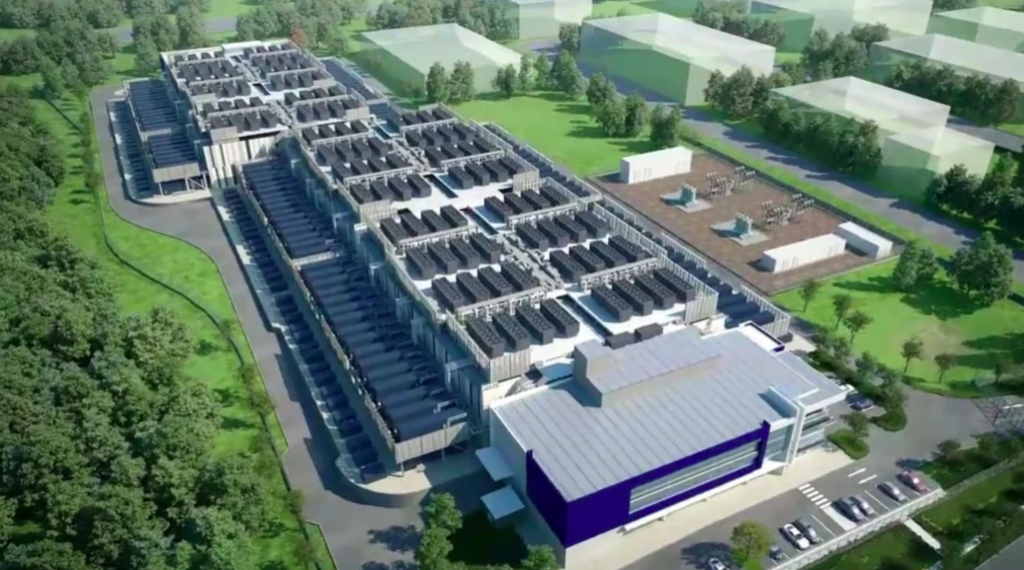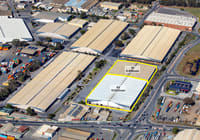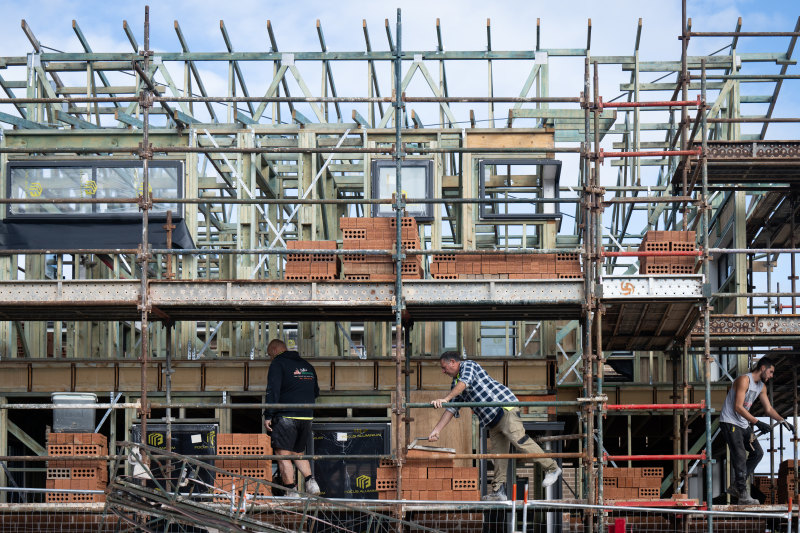
Data centres in hot demand with remote working on the rise
Working from home has led to a significant surge in the need for data storage and processing requirements underpinning demand for large-scale industrial property assets.
Telstra is taking advantage of the demand with the sale and leaseback of a portfolio which covers properties in Melbourne, Hong Kong, the United Kingdom and Singapore.
Property agents suggest superannuation fund UniSuper is one of the front-runners for the Melbourne Telstra site with a price tag of about $400 million.
Takeover target Cromwell Property has also invested in the sector, buying a portfolio of data centres in Europe to seed the Stratus Cromwell Data Centres Fund.
Another recent transaction was the purchase of an 88 per cent stake in AirTrunk, a hyperscale data centre company based in Sydney, by a consortium led by Macquarie Asia Infrastructure Fund 2.
In November 2019, AirTrunk acquired land adjacent to its two existing Australian data centres, SYD1 and MEL1, in Sydney’s north, that will help the group to expand the IT load across its three data centres.
CBRE Research associate director Australia Kate Bailey said growth in the internet of things (IoT), working from home, online gaming and social media has increased the requirement for data storage in Australia.
“With more people working from home, there is an increase in demand for cloud storage, which is driving space demand in data centres,” Ms Bailey said.
“Investment demand has strengthened this year as economic and property market volatility caused by the spread of COVID-19 prompts buyers to seek assets providing stable income streams.”
CBRE regional director, industrial & logistics Cameron Grie says there is currently huge demand for sites, with large requirements from data centre groups seeking opportunities in Sydney and Melbourne.
“In the past financial year, Sydney recorded the strongest growth of 76 per cent, in total IT capacity of the four Asia Pacific tier I data centre markets,” Mr Grier said.
“The surge in Sydney is primarily attributed to it being an attractive location for acquisition and a significantly shorter development time (6-8 months less) as compared to other tier 1 markets.”
He said while the government comprises the bulk of demand in Sydney, growth is occurring across numerous verticals, including financial services, internet and technology, healthcare and education.











